Tutorial for creating 3D photo effects in Photoshop (Part 3)
In the article How to create 3D photo effects in Photoshop (Part 1 and Part 2), Network Administrator has introduced you to 20 basic steps in the process of creating 3D photo effects. In the following section, Network Administrator will guide you to the last 10 steps to create 3D photo effects in Photoshop.
Photos before creating 3D effects:

After creating 3D effect:
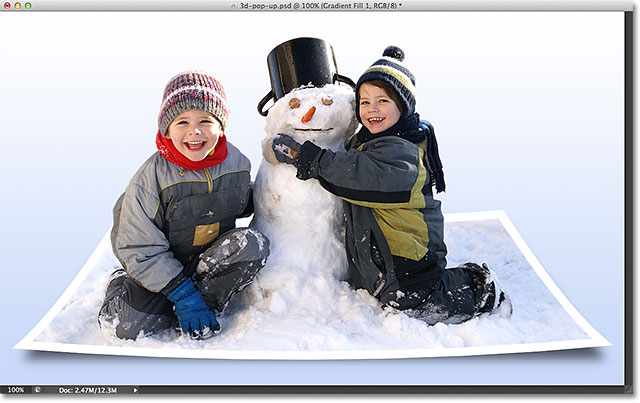
See: Instructions for creating 3D photo effects in Photoshop (Part 1) here
Step 21:
Click and hold the Ctrl key (for Windows) or Command (for Mac) on the keyboard again to create a new Layer under the Flat Layer , name it Shadow.

Double-click on the new Layer name to rename it to 'Shadow' , then press Enter (for Windows) or Return (for Mac) to accept the name change.

Step 22: Fill the selection with the color for the Shadow layer, black
Select the Edit Menu at the top of the screen, then select the Fill command .
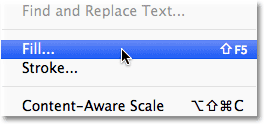
The Fill dialog box appears. Change the Use option at the top to Black (black), reset the Mode option at the bottom of the dialog to Normal and the Opacity option to 100%.
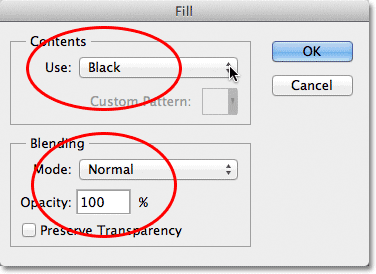
After setting up, click OK to exit the dialog box. The layer shadow after the fill color will look like the image below.
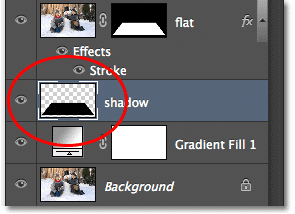
See: Tutorial for creating 3D photo effects in Photoshop (Part 2) here.
Step 23: Select Layer Mask in Flat Layer
Click on and select Layer Mask in Flat Layer .
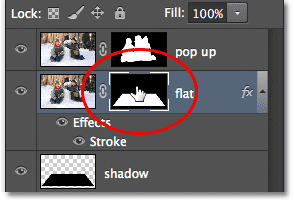
If you don't know how to create animations in Photoshop CS6, refer to the steps here.
Step 24:
On the screen you can see in the middle of the Flat Layer and its Layer Mask has a small link icon in the middle. Your task is to click on the link icon to unlink.
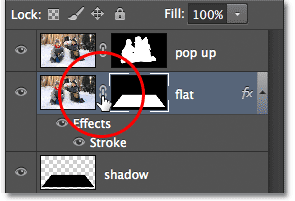
Step 25: Select the Wrap command
On the Layer Mask you just unlinked, go to Menu Edit at the top of the screen, select Transform , then select Wrap.
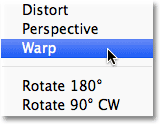
Step 26:
Hold and drag the mouse as shown below.
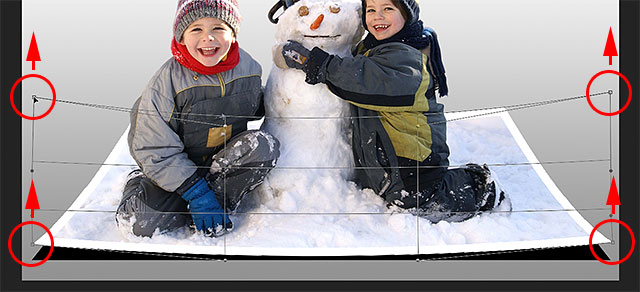
Once done, press Enter (for Windows) or Return (for Mac) to add effects.
Step 27: Select Shadow layer
Click on the "Shadow" Layer on the Layer Panel to select it.
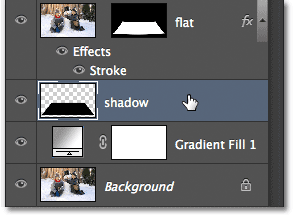
Step 28: Apply the Gaussian Blur Filter effect
Go to the Menu Filter at the top of the screen, select Blur , then select Gaussian Blur .
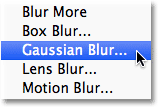
When the Gaussian Blur dialog box appears. Click your mouse on the Radius slider and drag to the right to increase the blur.
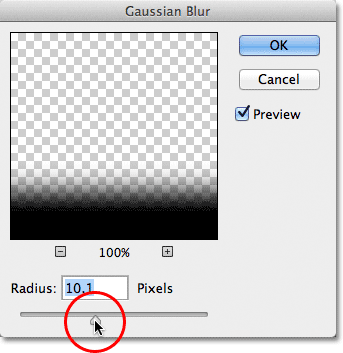
Once done, click OK to exit the dialog window. After applying Gaussian Blur effect , your photo will look like the illustration below.
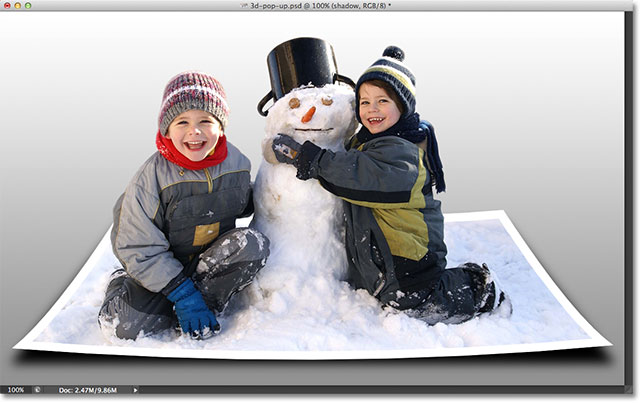
Step 29: Reduce the Shadow Layer's Opactity
Go to the Opacity option at the top right of the Layer Panel and reduce the Shadow Layer Opacity from 100% to 50-60%.
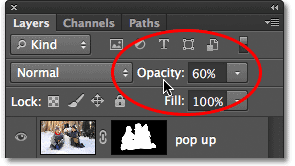
Step 30:
Go to Edit Menu (edit menu) and select Free Transform.
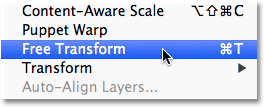
Hold and drag the latch point on both sides and below as shown in the circled area with the red circle below.
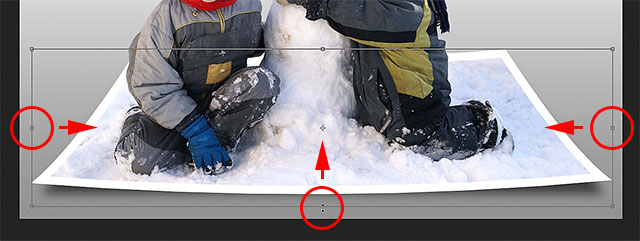
Press Enter (for Windows) or Return (for Mac) to complete the editing. The image after you finish will look like this:
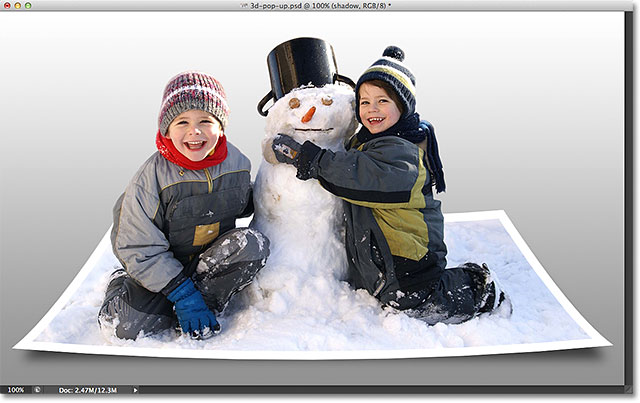
See more Video tutorials:
Attention:
If you don't like the selected color as the background color, you can choose another color.
First double-click on the image of the Gradient Fill Layer image on the Layer Panel.
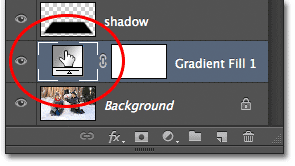
The Gradient Fill dialog box appears. Click on the gradient bar to edit the color.
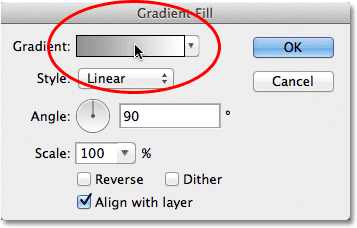
After opening the Gradient Editor dialog, you can select any color you want to change the color.
On Photoshop will re-open the Color Picker, but instead of selecting the color from the Color Picker, you can move the mouse pointer directly to the image, at which point the mouse pointer will temporarily be changed to an Eyedropper icon (understandably public). coloring tools). Click on the color you want to select the color.
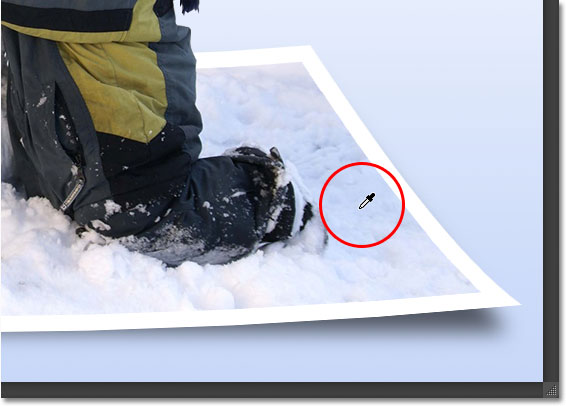
After you have selected the color you like, click OK to close the Color Picker window , then click OK to exit the Gradient Editor window and exit the Gradient Fill dialog box.
The original image:

Photos after adding effects and editing Background colors:
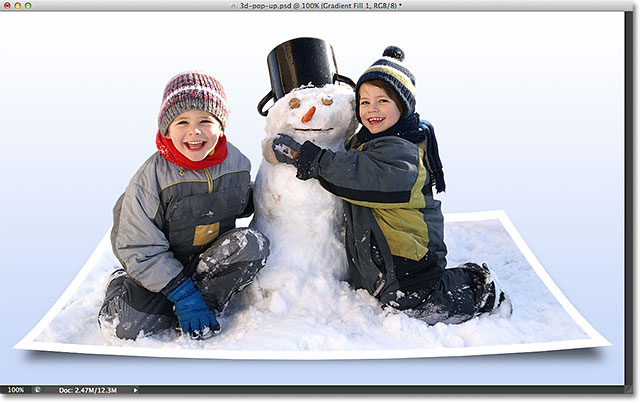
Good luck!
You should read it
- Tutorial to create a photo-crumbling image in Photoshop
- How to create interesting Cyberpunk photo effects in Photoshop
- How to split photos with Photoshop
- How to use Photoshop CS6 (Part 3) - Create Manipulation artwork with exposure effect
- How to create film effects, scratched photos in Photoshop
- How to use Photoshop CS5 - Part 26: Create a lightning effect
- How to use Photoshop CS6 (Part 1): Create digital photos
- How to create photo effects on Photoshop
May be interested
- How to use Photoshop CS5 - Part 28: Create bubbles in the image
 in the next tutorial on photoshop, we will show you the basic steps to create a bubble image in a photo using the familiar brush tool.
in the next tutorial on photoshop, we will show you the basic steps to create a bubble image in a photo using the familiar brush tool. - How to create interesting Cyberpunk photo effects in Photoshop
 the overall background of cyberpunk photos is often quite dark. striking on the background are street corners lit by bright neon lights, busy crowds of people crowded. all combine harmoniously to create a scene full of magic and fanciful.
the overall background of cyberpunk photos is often quite dark. striking on the background are street corners lit by bright neon lights, busy crowds of people crowded. all combine harmoniously to create a scene full of magic and fanciful. - How to use Photoshop CS5 - Part 1: Toolbox
 photoshop is one of the most powerful photo editing programs at all levels, but it is the most scary program for beginners. in this series, tipsmake.com will guide the basic steps for beginners to use photoshop especially adobe photoshop cs5; learn about the most basic tools and operations.
photoshop is one of the most powerful photo editing programs at all levels, but it is the most scary program for beginners. in this series, tipsmake.com will guide the basic steps for beginners to use photoshop especially adobe photoshop cs5; learn about the most basic tools and operations. - How to use Photoshop CS6 (Part 3) - Create Manipulation artwork with exposure effect
 this article is in the series of tutorials using photoshop cs6. today we will continue to use photoshop cs6 to create a manipulation artwork using exposure effects.
this article is in the series of tutorials using photoshop cs6. today we will continue to use photoshop cs6 to create a manipulation artwork using exposure effects. - Simple tutorial on creating light beam effects in Photoshop
 the beam effect gives the image more depth and appeal. this technique is often used in poster design, advertising banners or artistic photo editing.
the beam effect gives the image more depth and appeal. this technique is often used in poster design, advertising banners or artistic photo editing. - How to use Photoshop CS5 - Part 2: Panels
 one of the best things about photoshop is also the worst: it is overloaded options. take a quick look at the default panels so you can understand what features to use in the process of using photoshop so you can find them again when needed ...
one of the best things about photoshop is also the worst: it is overloaded options. take a quick look at the default panels so you can understand what features to use in the process of using photoshop so you can find them again when needed ... - Tutorial to create a photo-crumbling image in Photoshop
 how to make the image disappear is not difficult, with a few operations you will have a photo effect vanish or photo shattered beautifully shimmering. let's see how to make this vignetting effect.
how to make the image disappear is not difficult, with a few operations you will have a photo effect vanish or photo shattered beautifully shimmering. let's see how to make this vignetting effect. - Create surreal fire fire effect in Photoshop
 in this tutorial, tipsmake.com will explore the great flame filter in adobe photoshop. this filter creates a fire effect around any custom shape.
in this tutorial, tipsmake.com will explore the great flame filter in adobe photoshop. this filter creates a fire effect around any custom shape. - How to use Photoshop CS5 - Part 4: Basic menus
 photoshop has a huge menu system with options that no user can ignore. in the article below, tipsmake.com will continue to introduce you to this diverse menu system.
photoshop has a huge menu system with options that no user can ignore. in the article below, tipsmake.com will continue to introduce you to this diverse menu system. - How to use Photoshop CS6 (Part 1): Create digital photos
 this article will guide you through the steps to turn an ordinary photo into an eye-catching fashion photo using lighting effects and color correction in adobe photoshop cs6.
this article will guide you through the steps to turn an ordinary photo into an eye-catching fashion photo using lighting effects and color correction in adobe photoshop cs6.










 Tutorial to create a sparkling snow effect using Photoshop Brush
Tutorial to create a sparkling snow effect using Photoshop Brush How does Christmas snowman animation effect?
How does Christmas snowman animation effect? Create text effects like Star Wars movie Poster in Photoshop
Create text effects like Star Wars movie Poster in Photoshop How to create snowflakes in Photoshop
How to create snowflakes in Photoshop This tool will help you edit photos online, completely free
This tool will help you edit photos online, completely free In this way, resizing images in bulk will not take much effort as before
In this way, resizing images in bulk will not take much effort as before